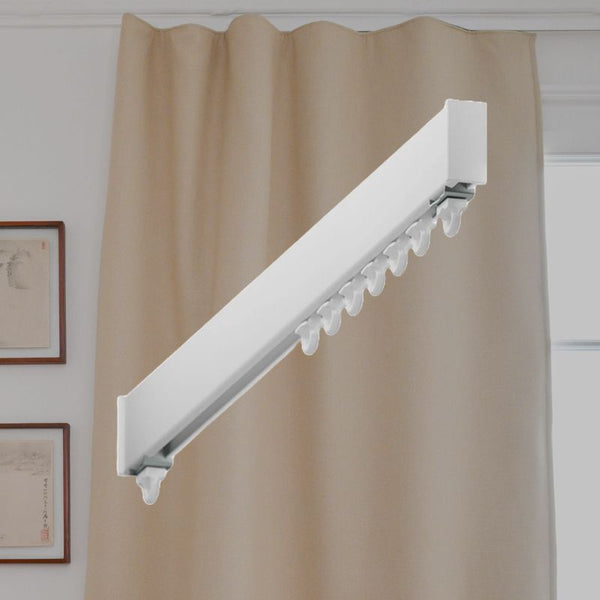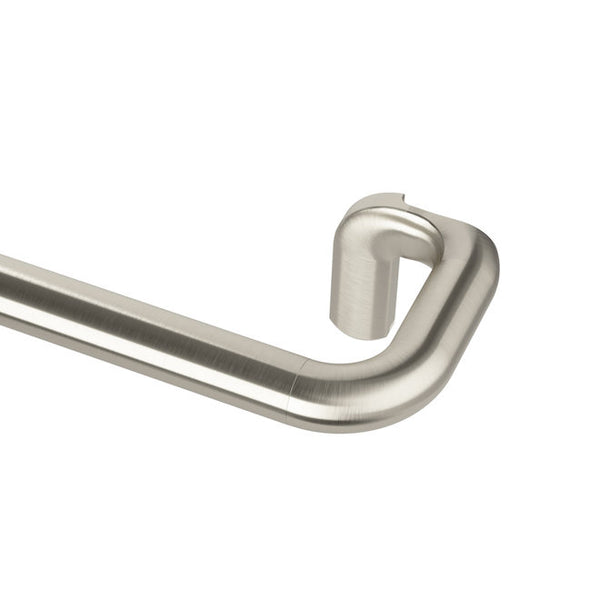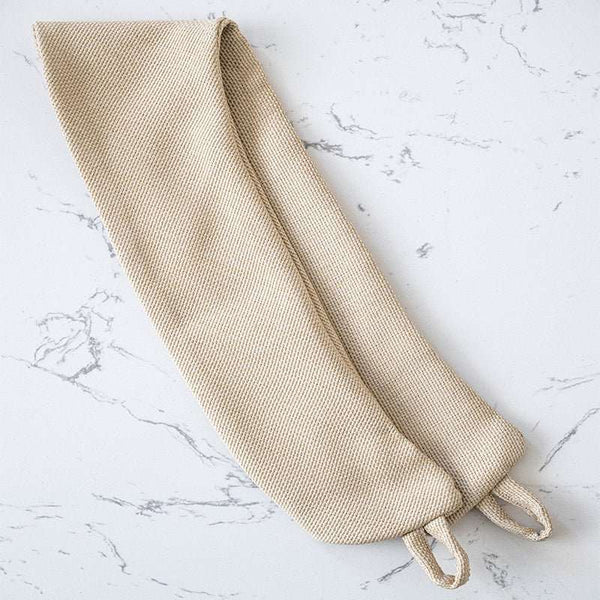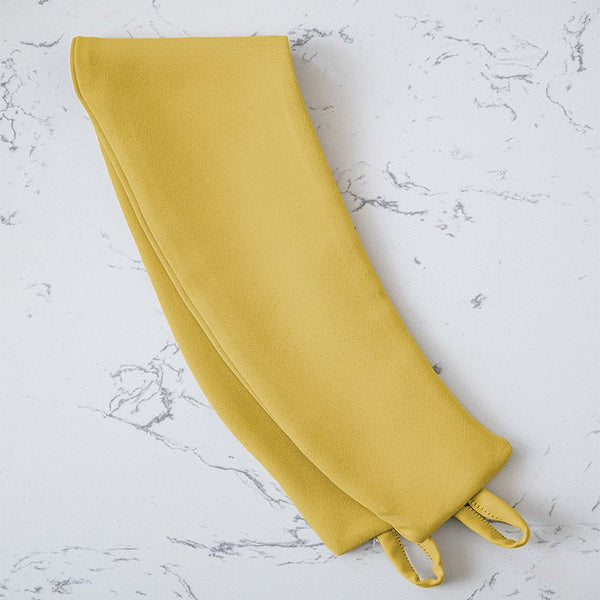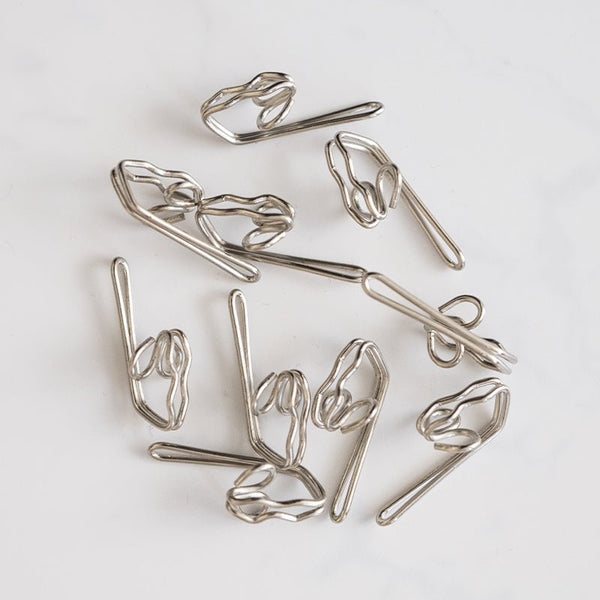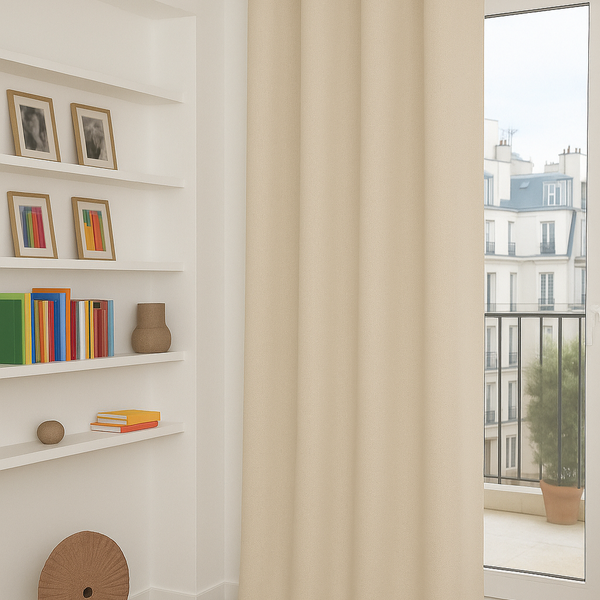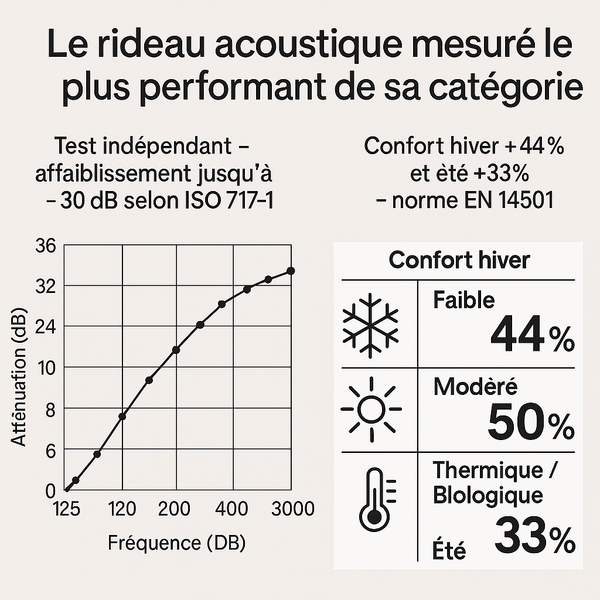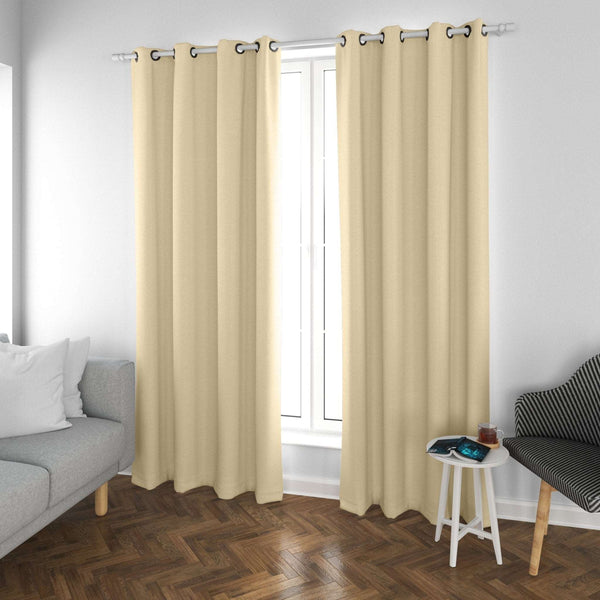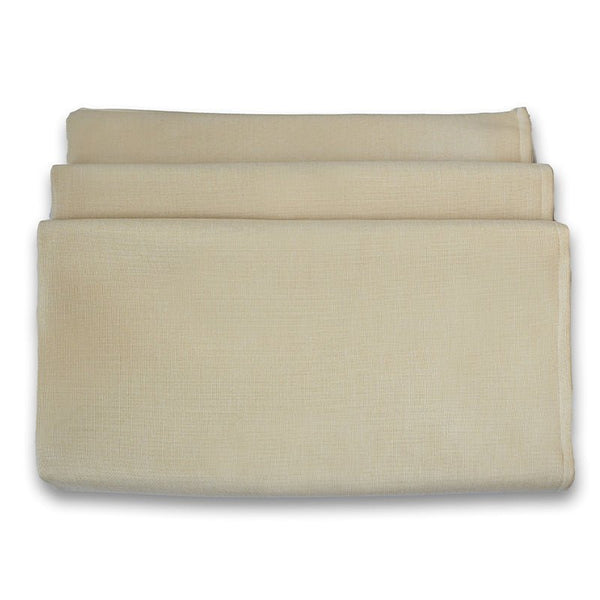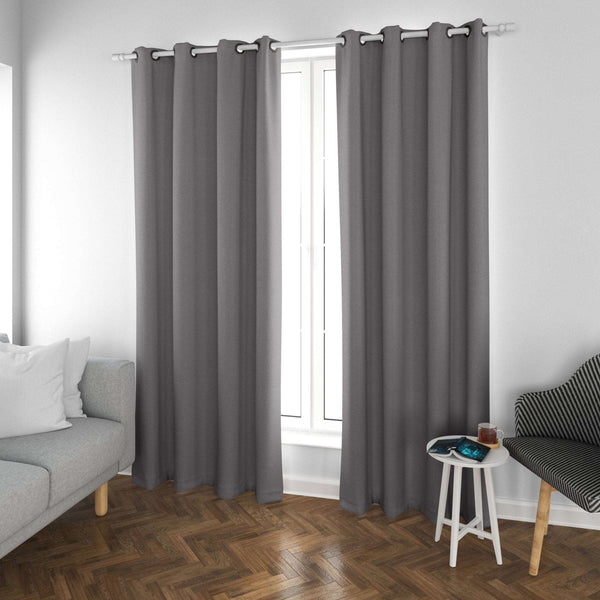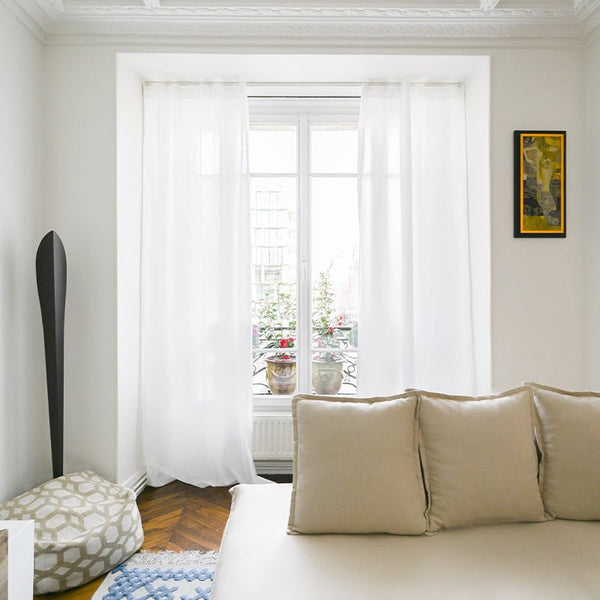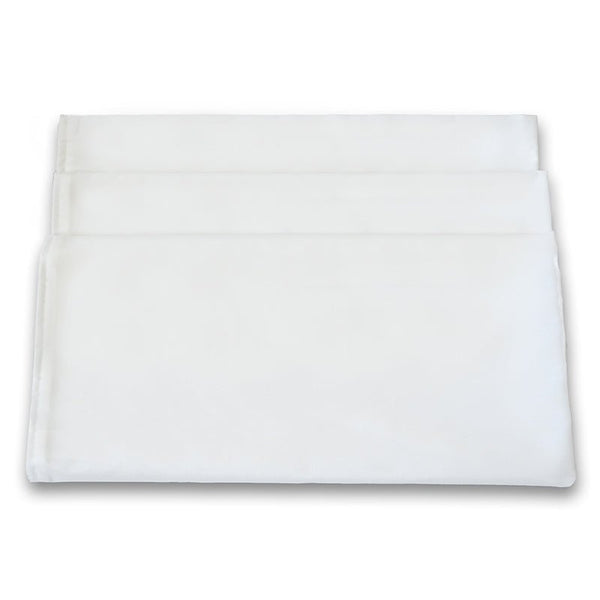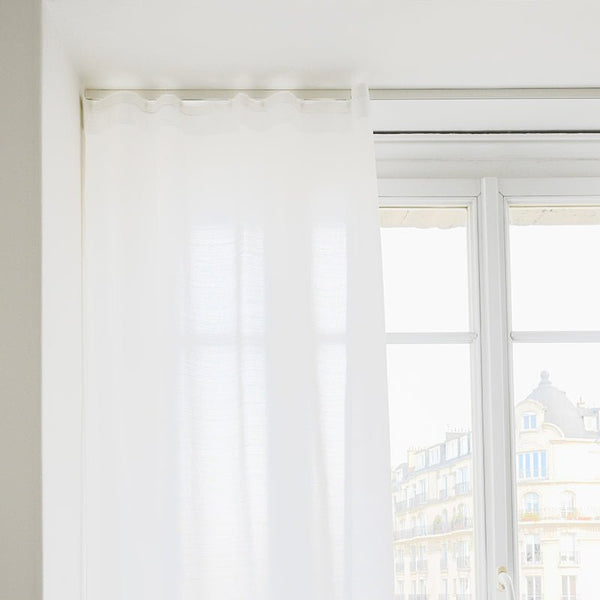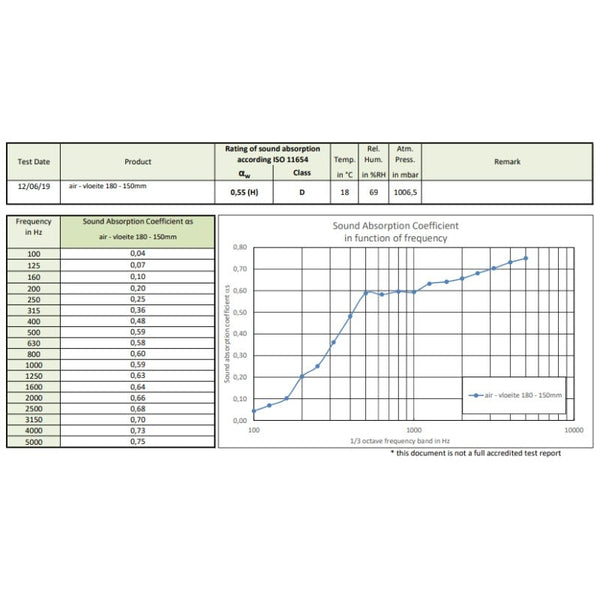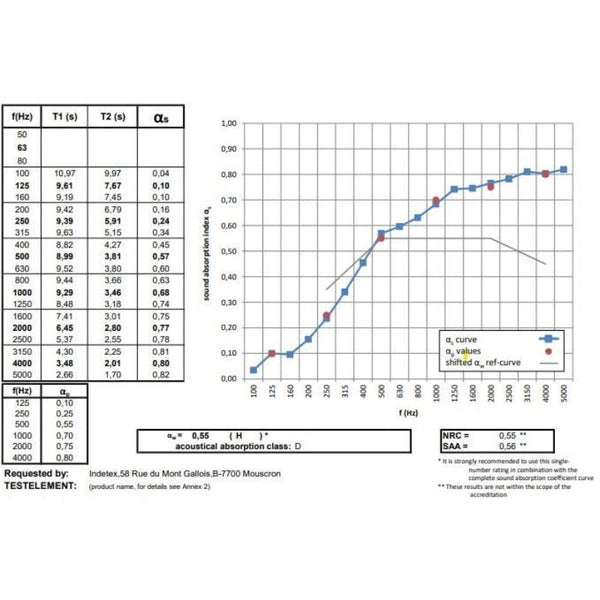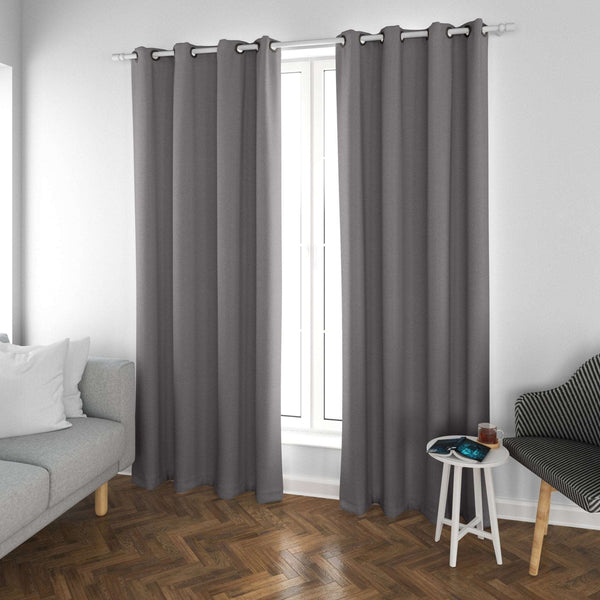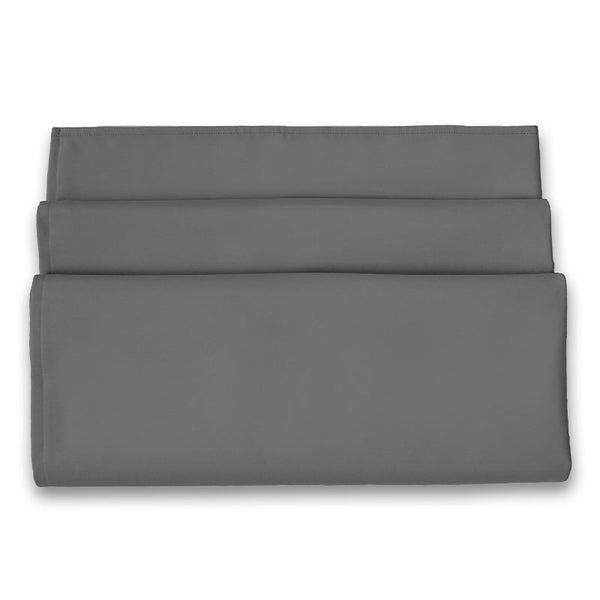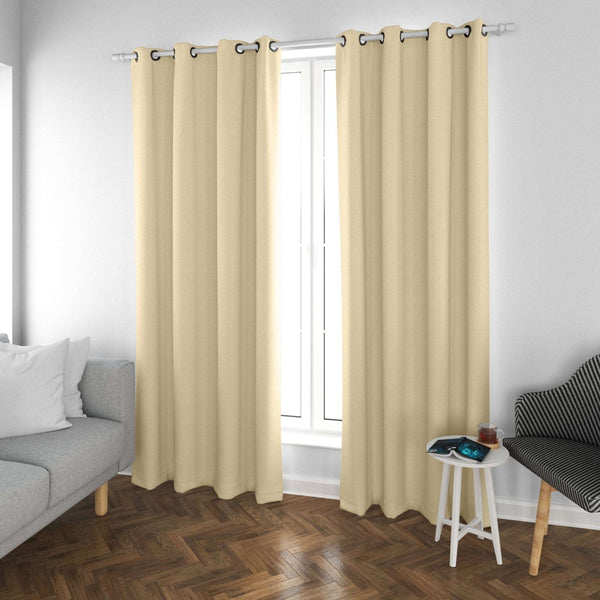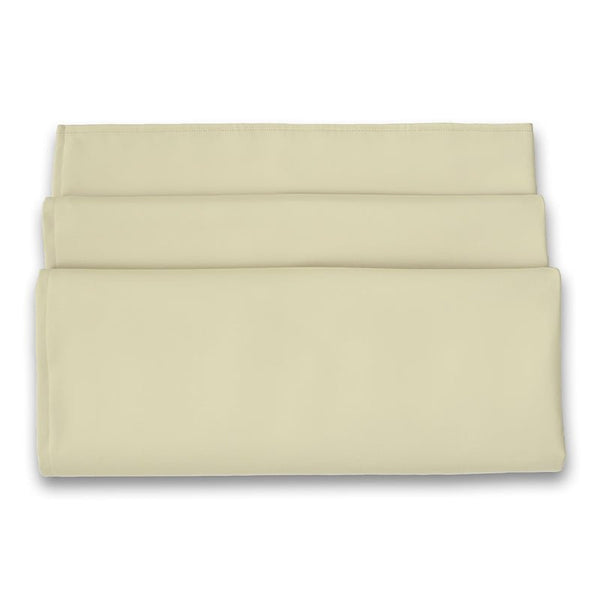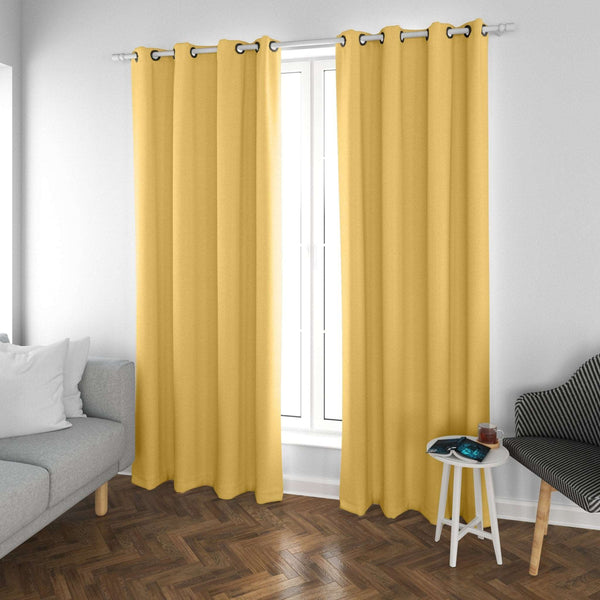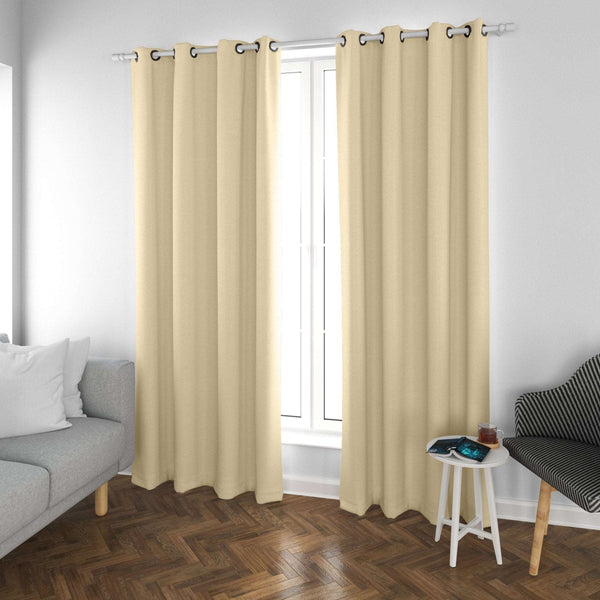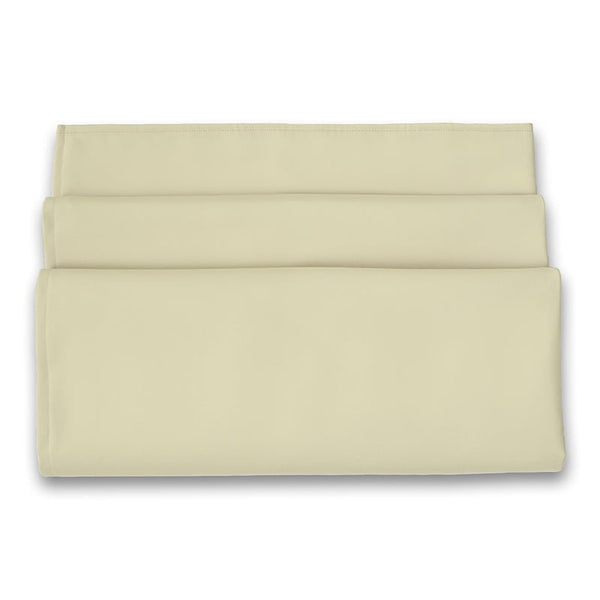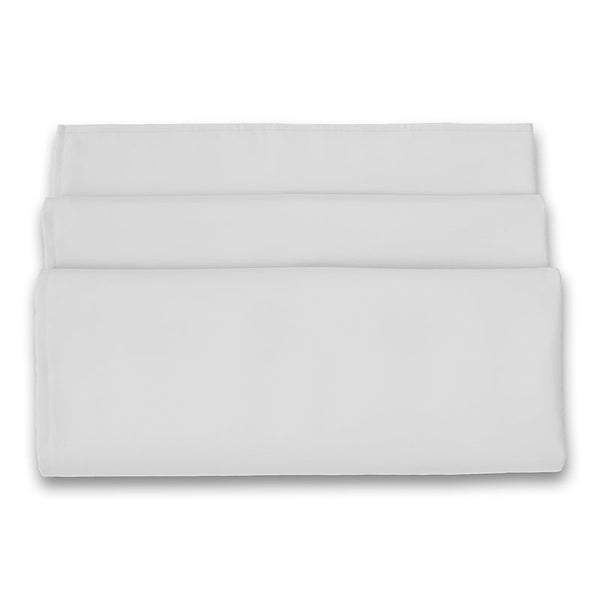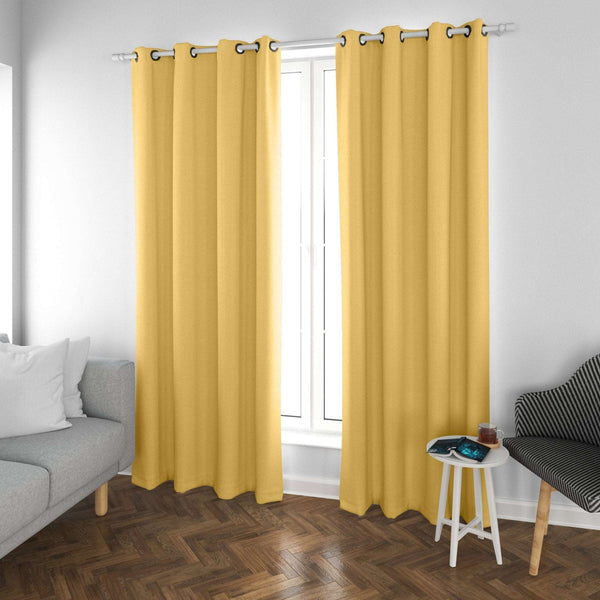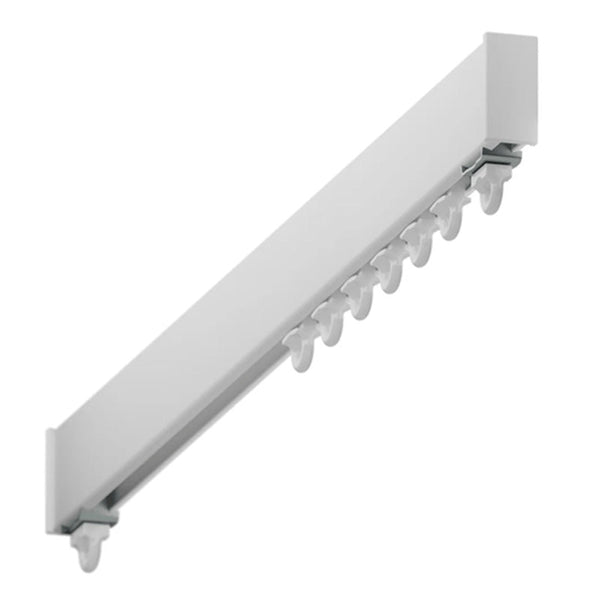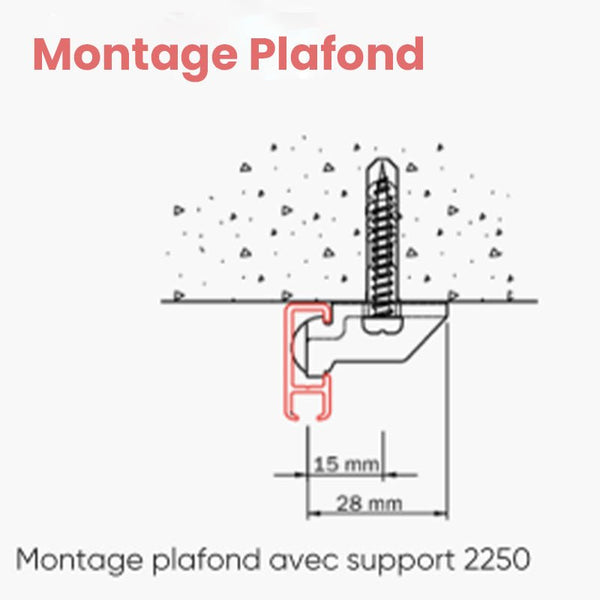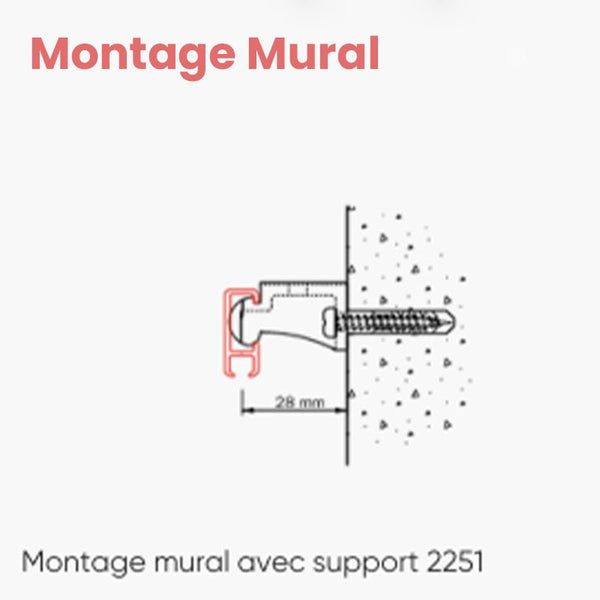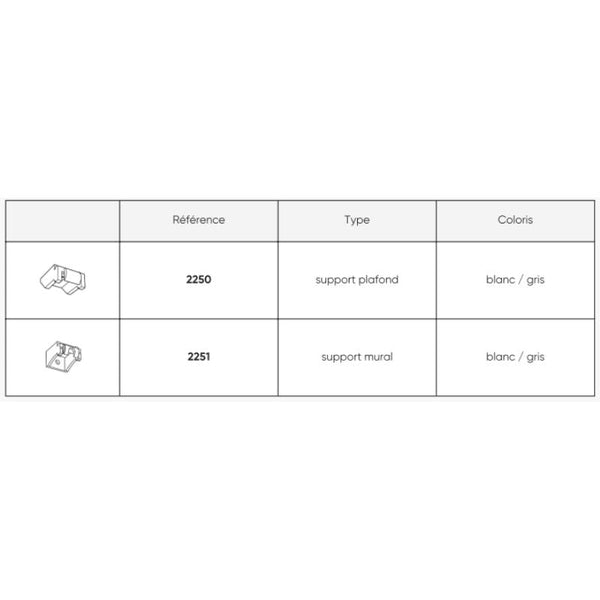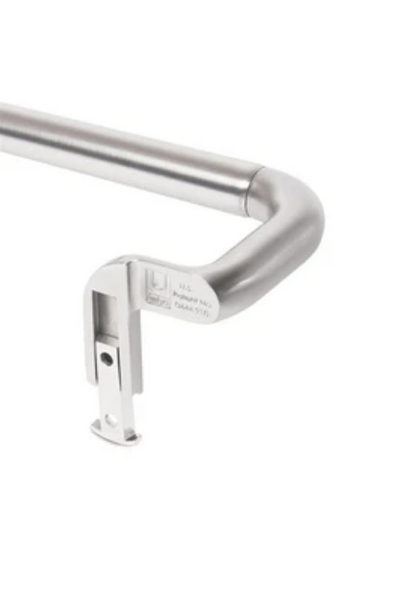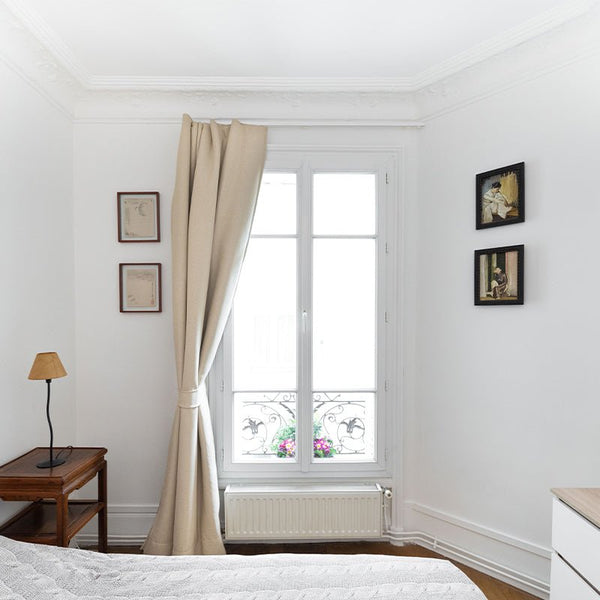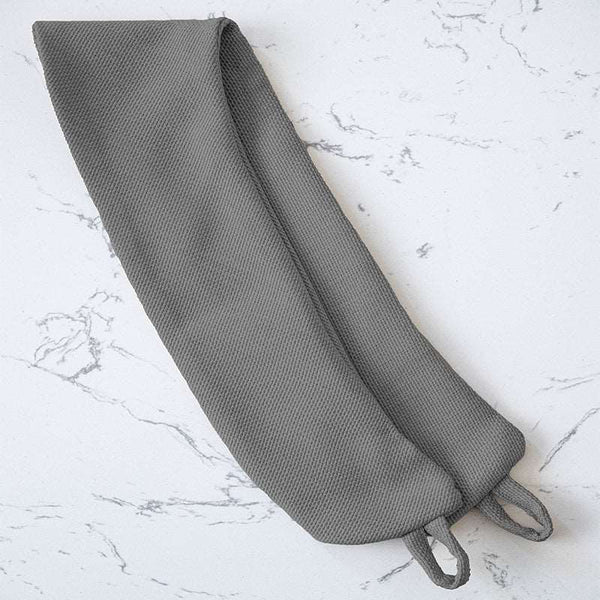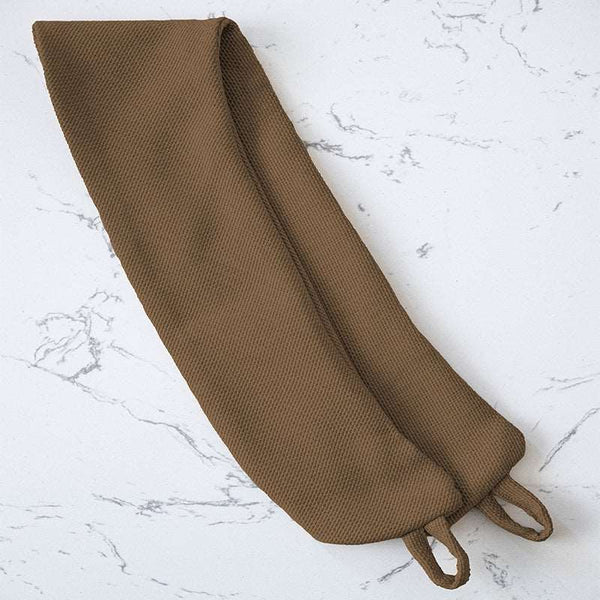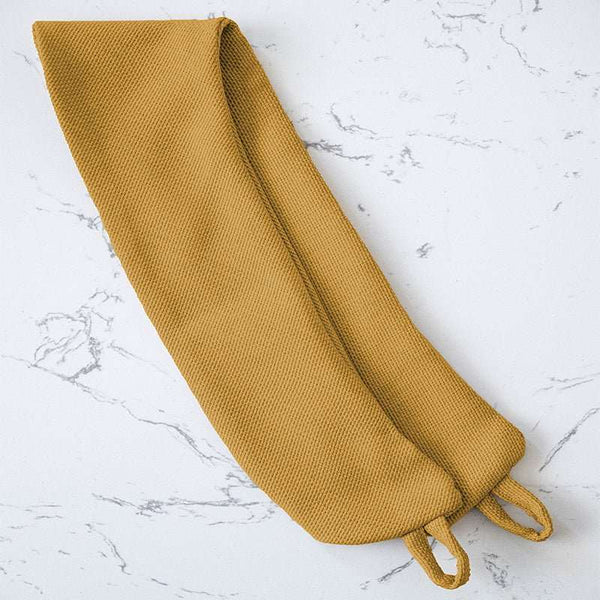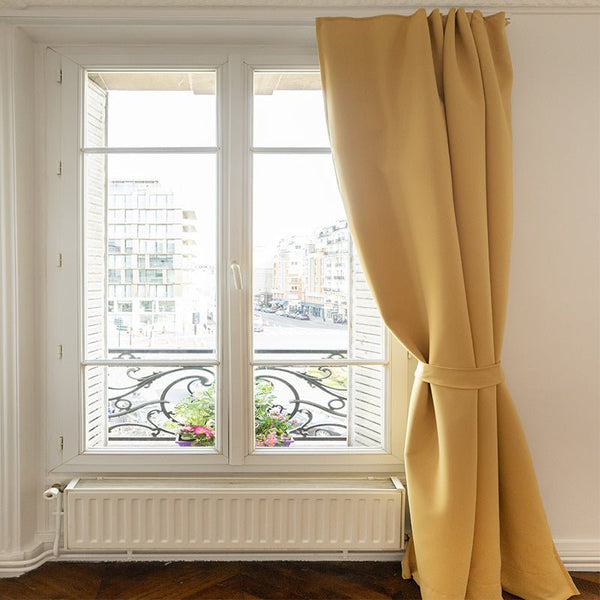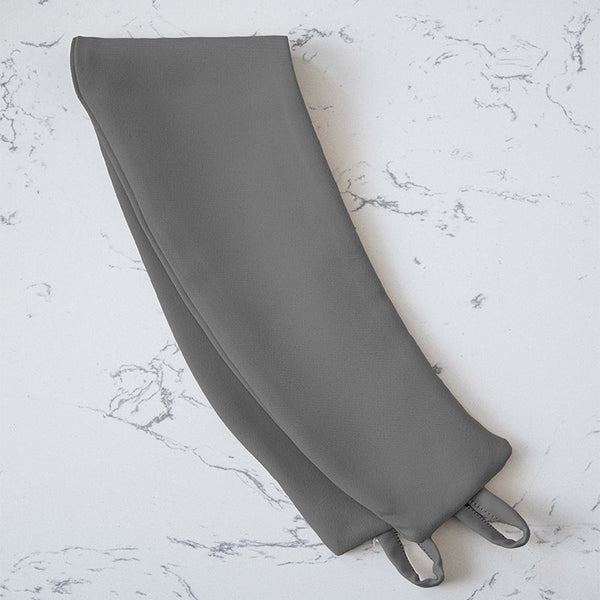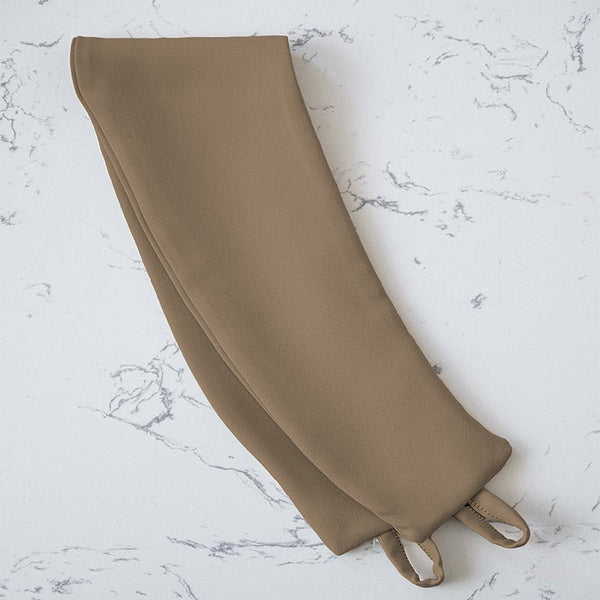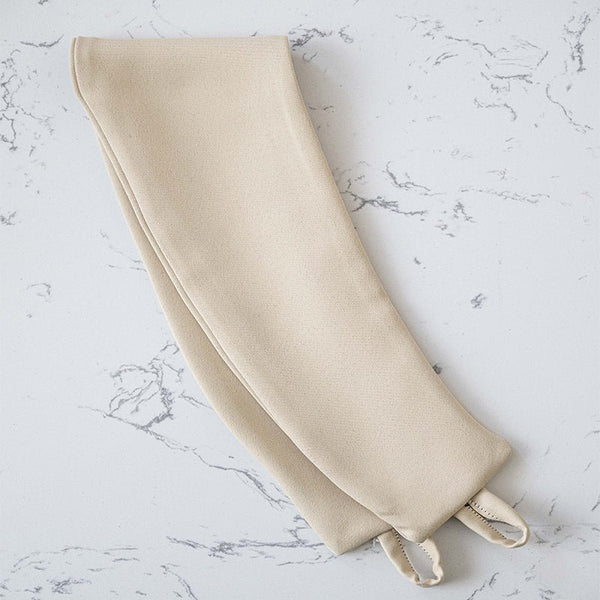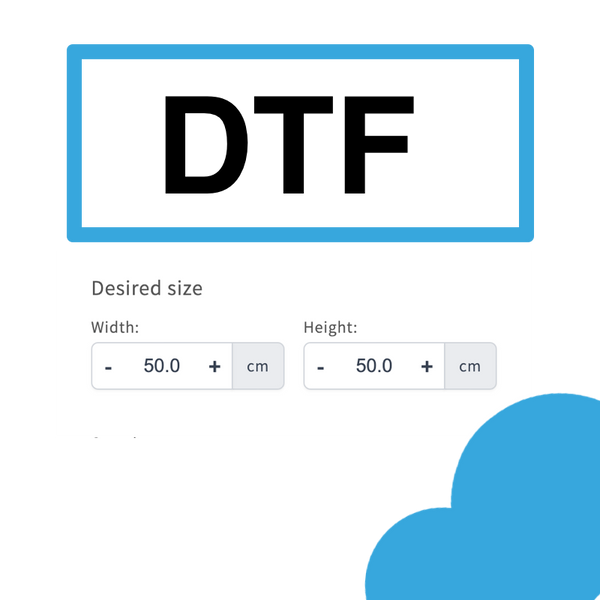Acting as an anti-cold shield, the thermal curtain is a real ally for thermal insulation. It controls the temperature in the home, and is indispensable in both summer and winter. What's more, it offers a host of advantages. So, how does a thermal curtain work? Discover how it works in this practical guide.
Introduction to thermal curtains
Definition of thermal curtains and their specific design
The anti-cold and anti-heat thermal curtain is an insulating curtain designed to reduce heat loss and cut draughts. This device is very useful in front of doors, patio doors and bay windows. It features a thermal lining in wool, PCV, polyester or PET to keep out the cold.
The main benefits
Thermal curtains offer two main benefits. Firstly, it saves energy by reducing the need for heating and air conditioning. On the other, it increases thermal comfort in the home, as it maintains a constant temperature inside, whatever the season. To take full advantage of these benefits, it's important to use an efficient thermal curtain.
Thermal curtain operating principles
How does a thermal curtain work in practice? Here are the operating principles you need to know:
Materials used to manufacture thermal curtains
Several materials are used to manufacture thermal curtains:
- insulating fabrics: wool, fleece, thick cotton and velvet;
- synthetic thermal fabrics: aluminum and polyester;
- reflective linings: glued to conventional curtains to reduce heat and light.
How do these materials contribute to thermal insulation?
Insulating materials contribute to thermal insulation in two ways. Firstly, they prevent heat escaping through windows or gaps, helping to heat the room. Secondly, they block draughts from the outside, protecting the occupants of a house from the cold of winter. On the other hand, they filter sunlight in summer. In this way, they regulate indoor temperature all year round.
Advantages of thermal curtains
We've answered the question: how does a thermal curtain work? Now let's take a look at the advantages of this accessory.
Detailed benefits analysis
Thermal curtains have many advantages, but they are best known for their thermal function. Thanks to their thickness and special design, they form a protective barrier against the cold of winter. Not only do they limit heat loss, they also stop draughts that can affect thermal comfort. They are also indispensable in summer, as they keep the interior cool. Some models can even be blacked out to keep out the sun's rays.
Impact on reducing energy consumption and heating and cooling costs
By guaranteeing a comfortable indoor temperature in summer and winter, the thermal curtain can limit heating and air-conditioning requirements. This automatic control reduces energy consumption. It also minimizes the home's carbon footprint.
Choosing the right thermal curtain
Of course, it's important to understand how a thermal curtain works, but to benefit from its many advantages, it's also crucial to choose the right one.
Criteria to consider when purchasing a thermal curtain
To make the right choice of thermal insulation curtains, consider the following criteria:
- the material: some are more insulating than others. For example, velvet and fleece are among the best options;
- fabric thickness: thicker fabrics provide better insulation;
- the type of lining: opt for a fabric with a reflective thermal lining to effectively block draughts;
- dimensions: make sure they match those of your windows or bay windows;
- Aesthetics: choose a curtain that you like visually and whose style matches your interior design.
Tips for selecting a curtain to suit the size and type of window
To choose the right thermal curtain for your window, measure its width. The rod should protrude about 20 cm on each side. Curtains should be twice as long as the rod to create a pleated effect. Note that it's the latter that optimizes thermal and sound insulation. Also, consider the type of window. For casement models, screen curtains and sheers are ideal, as they let the light through. On the other hand, if you have bay windows, curtains with eyelets are recommended, as they are easy to install, open and close.
Installation and maintenance
Step-by-step guide to the correct installation of thermal curtains
To install your thermal curtain correctly, start by choosing a suitable model. Next, mark the points where the rod supports will be attached with a pencil. They should be 12 cm above the frame. Then fasten the brackets securely with screws before installing the curtain. Make sure the curtain completely covers the window and can be fully extended. By following these steps to the letter, you'll maximize the effectiveness of your thermal curtain.
Maintenance tips to maintain their insulating properties over the long term
It's important to follow the care instructions specific to thermal curtains to maintain their insulating properties over the long term. For example, wool and cotton curtains can be machine-washed at 30°C. PET and polyester curtains, on the other hand, require cold machine washing.
Improve your interior with Nokomis thermal curtains
Would you like to add a decorative touch to your windows while improving your thermal comfort? Choose our insulating curtains. At Nokomis, we offer a wide choice of models to suit all tastes. What's more, our curtains are made from quality materials to guarantee their performance and durability.
